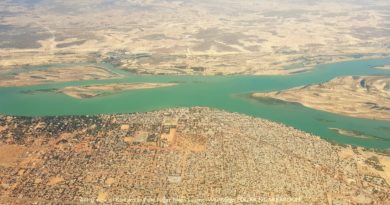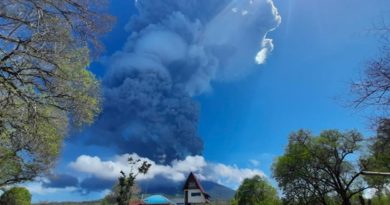India prepared to withstand the Nivar Cyclone
The risk prevention plans allowed the Indians to find safety during these three days.
By Natacha Dupertuis
November 26th, 2020
Indian state ready to face another hurricane
Yesterday, November 25th, the director of the Indian Meterological Department (IMD) informed during a press conference that the eye of the cyclone was still over the Bay of Bengal, but it would become more intense and reach the south-east coast of India. People were awaiting a very severe cyclonic storm (see the classification below). Having had a costly previous encounter with a deadly hurricane – in May, 128 people had perished in Calcutta during the super cyclonic storm Amphan -, the Indian state has since Tuesday made arrangements to protect its population. The past three days have been non-working days, rail and air fluxes have been stopped, non-essential stores have been closed, gatherings were not allowed and electricity was cut to avoid damage along the network.
Evacuations
In prevention, from Tuesday to today, 250’000 inhabitants were evacuated and sheltered. Local authorities made sure that the residents of low-lying areas were warned of the risks of overflowing rivers to avoid a repetition of the deadly floods of 2015. This assumed a strict control of the lakes and reservoir levels. A thousand rescuers of the National Disaster Response force were fielded to ensure the evacuations and then help to clear debris and felled trees.

In Pondicherry, the Lieutenant Governor Kiran Bedi enjoined the 1.6 million inhabitants to stay at home and respect the instructions. In a video posted on Twitter, she asked people to put themselves out of danger’s path: “Move to high places wherever you have to. There are relief centres. Please move there.”
A less severe storm than expected
Cyclone Nivar hit the mainland today at 3:05 am local time, nearby Pondicherry, and it is currently spreading towards northern India, losing strength. That night some winds reached 130 km/h; many trees and electricity poles were destroyed. Moreover torrentiel rains provoked floods. Despite the damages, the storm was reconsidered by the IMD and classified as a severe cyclonic storm.
r

r
The Deputy Chief Minister of Tamil Nadu state, O Panneerselvam, declared today: “It’s a solace that nothing untoward happened and the weakening of the cyclone is good news.” Through an exemplary prevention plan based on a good information and a good mobilization, India has shown us that it is possible to protect lives efficiently.
Sources
Agence France-Presse
Tropical cyclone. (2020). In Wikipedia. https://en.wikipedia.org/wiki/Tropical_cyclone




